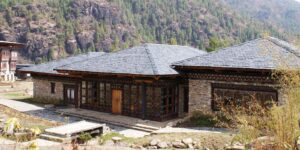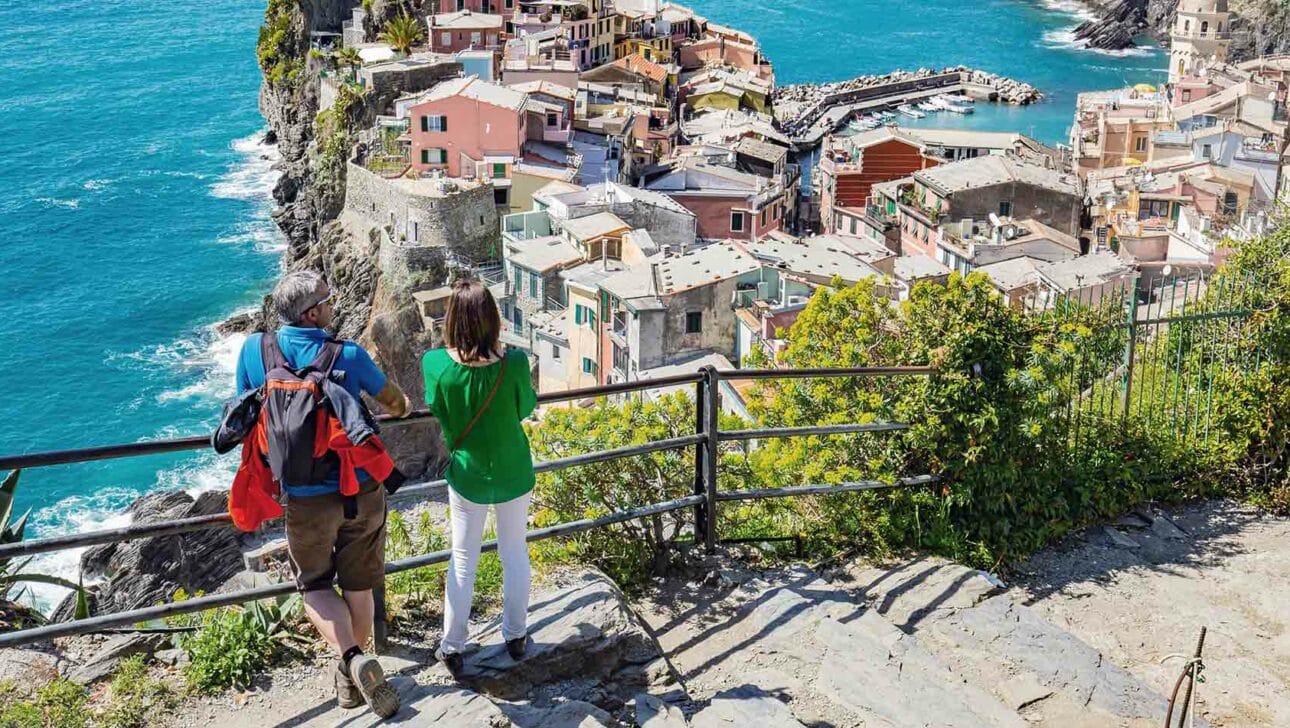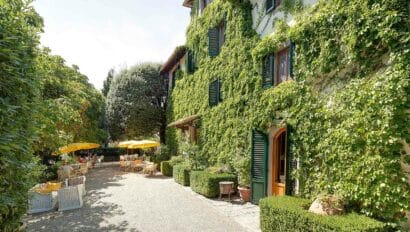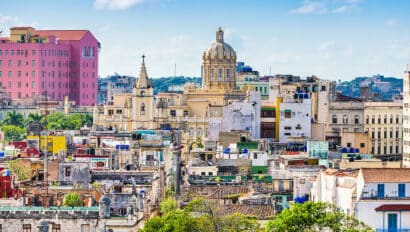GO FOR THE VIEWS, STAY FOR THE CHARM, CUISINE AND HISTORY.
1. Positano:
On a launch approaching the Amalfi peninsula from the Bay of Naples, you face a startling sight—like oversize rock climbers, gleaming villas cling with no visible foothold to the sheer cliffs. You have to ask yourself how…why? But when you swing open the shutters in your cliffside hotel room, the jaw-dropping view is all the answer you need. Situated on the ‘ankle’ of the Italian boot, Positano has a balmy climate. Orange trees line village streets. Breezy seaside footpaths encourage a nice slow pace perfect for absorbing the atmosphere. When John Steinbeck lived here, he said, “Positano bites deep. It is a dream place that isn’t quite real when you are there and becomes beckoningly real after you have gone.”
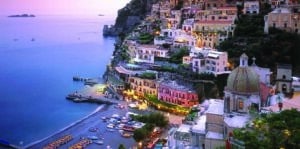
2. Santorini:
A photographer’s and shopper’s paradise, Santorini was once the vast crater of the volcano. Its cliffs rise a thousand feet above the sea, and its dazzling white houses with azure roofs cling to the rim. Unlike the cruise ship tourists who arrive on big motor coaches, we take the quieter approach that gives you time to see the unique vineyards where close-to-the-ground vines are wrapped into circles to protect the grapes from the wind.

3. Ronda
Ronda is one of Andalucia’s most dramatic and romantic towns. (Hemingway said that Ronda would be “the perfect place to…spend a honeymoon.”) To explore the town on foot, first take the New Bridge (finished in 1793) across the 300-foot-deep gorge. The views of the perched city and the valley full of fruit trees, olive groves and vineyards are truly breathtaking. On an easy path flanked by almond trees, meander down to the foot of the city. Then follow the cobbled streets to re-enter the city as medieval visitors would have. Many of the palaces, homes and churches are a treasury of buildings dating to the 13th century.

4. Portofino:
Follow the scenic footpath from neighboring Santa Margherita Ligure that leads us into the fabled coastal resort of Portofino and you’ll see like a local just how spectacular it is. The town reveals itself as you round bends in the coastal path. After a few teasing glimpses, the views of the town unfold — one of those travel moments you’ll never forget. Explore the town and Castello Brown, perched high above. Then, linger over lunch in Portofino and ride by boat to the monastery of San Fruttuoso on its tiny beach that is inaccessible by car.

5. Durnstein:
We wouldn’t expect you to know this on your own, but there are some incredible views from the castle on the hill just above Durnstein. The catch is that the morning mist from the river valley makes the morning views not as great as those in the afternoons. So return in the afternoon to take in the expansive views.

6. Grindelwald:
Located at the foot of the notorious Eiger Mountain is the charming mountain village of Grindelwald, one of Europe’s oldest mountain resorts. Settle into a chalet hotel. Most of the cattle you’ll see on the slopes are dairy cows. Get up early to visit a working alpine cheese farm to see how the farmers still make cheese in an old traditional way over an open wood fire.

7. Gordes:
Approach the famed Provencal hilltown by foot for best views. Start at Sénanque Abbey, set in an isolated valley surrounded by a field of lavender and oaks. One of only three Cistercian monasteries in Provence, it is still occupied by the monks. From there, an easy stroll leads to Gordes, winding past the trademark structures of Provence. Bories are amazing corbelled vaults of flagstones, stacked high with no mortar to secure them. On arrival in Gordes, enjoy the fantastic people-watching and shopping.
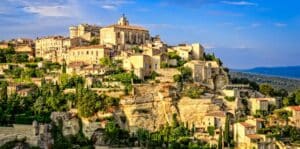
8. Girona:
Once a Moorish stronghold, Girona reputedly withstood three invasions by Napoleon’s troops, giving it the moniker “City of a Thousand Sieges.” Take a leisurely walk past the 17th-century cathedral and amazingly well-preserved Romanesque baths, built by Moorish craftsmen in the 12th century, and finally along the Passeig Arquaeològic, to get an astounding view of the cathedral’s 11th-century Charlemagne Tower. The country air is good for the appetite so you won’t be disappointed that Girona is well known for its pa amb tomàquet, a Catalan specialty of grilled bread slathered in olive oil, garlic and fresh tomato.

9. Domme:
With its honey colored stone houses and fortifications, Domme is the most famous and well-preserved of the bastides in France’s Dordogne Valley. An added bonus is the walk from Domme that leads right out of town on a lovely footpath down to the Dordogne River. Follow the river—first through open countryside past walnut, poplar and wild plum trees, then around a bend downhill with incredible views past fields of crops to Castelnaud village and its fortified castle.
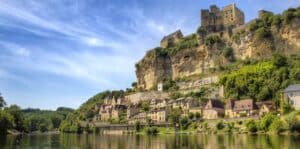
10. Thimphu:
Shrines dot Bhutan’s emerald-green Paro Valley. Terraced rice fields defy common sense as they climb the hillsides to forests of rhododendron and pine. Set on the slopes of the Paro Valley is Thimphu, the nation’s capital. Stroll the city’s streets to the King’s Memorial, circled by an endless string of Bhutanese, murmuring mantras and spinning prayer wheels. On a single stroll, you can see Tibetan, Nepalese and Bhutanese styles clustered at the confluence of two rivers.
